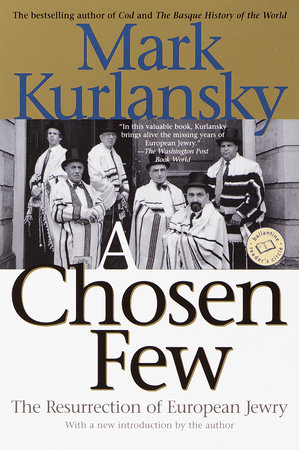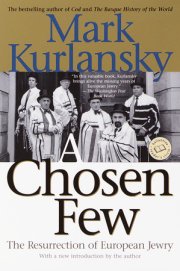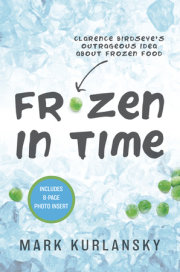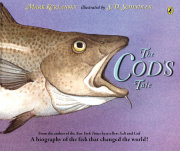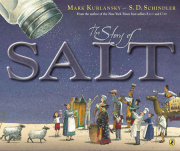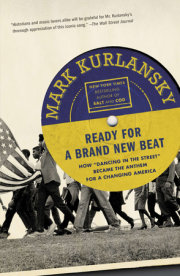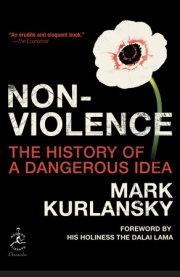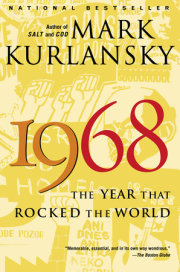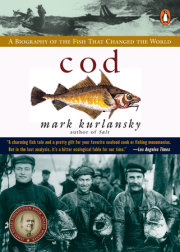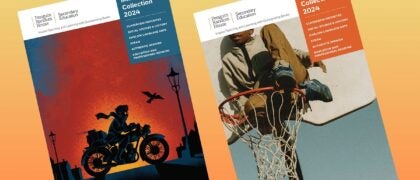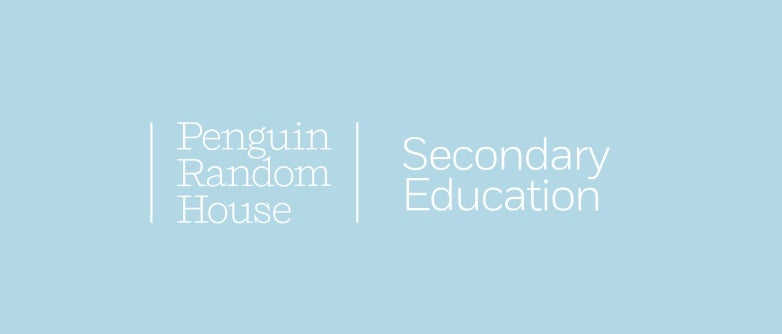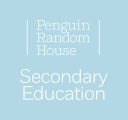Anti-Semitism has proven to be one of the most enduring concepts in European civilization. In a 1927 book called
The Wandering Jew, about the struggles of poor eastern European Jews, Viennese Jewish novelist Joseph Roth concluded that anti-Semitism would vanish from the world, ended by the Soviet Union. He wrote of anti-Semitism, "In the new Russia, it remains a disgrace. What will ultimately kill it off is public shame." He noted virulent outbursts in Russia but dismissed them as the death struggles of dinosaurs resisting the inevitable future.
Roth even speculated that "If this process continues, the age of
Zionism will have passed, along with the age of anti-Semitism--
and perhaps even that of Judaism itself."
Today the Soviet Union has been gone for a decade but anti-Semitism
is still here. So for that matter, is Judaism. "The Jewish
question"--I have never been certain what the question is--that
Roth predicted would be put to rest with Russian leadership, has
endured.
The lesson to be learned from Roth, aside from a warning to
writers not to publish predictions in books, is that both Judaism
and anti-Semitism have deep and permanent roots in Europe.
Though Judaism is a less European idea than anti-Semitism, for
many Jews, Jewish culture is European--or was.
Because of the Holocaust, Europe is no longer the most Jewish
continent. It may have remained the most anti-Semitic, though
Africa and Asia, with their Muslim populations are certainly vying
for the title. It is difficult to be certain because anti-Semitism is
more difficult to quantify than Judaism. As the nations of the former
Soviet bloc struggle for acceptance in the West--admission
into Western clubs such as NATO and the European Union--
Jewish organizations such as the World Jewish Congress have
urged that progress towards democracy in these nations be measured
by the way they are treating their Jews. This is not as skewed
a perspective as it at first sounds. Anti-Semitism, whether in Hungary,
Germany, or France, has usually been tied to undemocratic
movements. The growth of anti-Semitism in France, from the
Dreyfus case to World War II collaboration, was tied to monarchists,
fascists, and other groups that did not support republicanism.
The Soviet Union was in principle opposed to anti-Semitism,
and even outlawed its outward manifestations. But as that nation
grew increasingly repressive, it also became increasingly anti-Semitic.
The "anti-zionist campaign" in Poland in the late 1960s
was the precursor to general repression.
But a more subtle anti-Semitism is allowed to breathe and grow
even in the setting of democracy. Now in the early twenty-first
century when so much urgency is given to fighting international
terrorism, it is useful to remember that in the late twentieth century
Jews feared Arab gunmen and bombs in Paris, Antwerp,
Munich--much of western Europe. No European Jew went to a
Jewish restaurant or a synagogue without calculating the risk of
attack. These attacks against social organizations, restaurants,
schools and synagogues were met with official statements of outrage
and very little else. Almost no effort was made to capture or
punish the perpetrators, even when Israeli intelligence offered information
that could lead to their capture. Today when wondering
how international Arab terrorism could have become so brazen,
we should note that twenty years ago they were allowed to kill
Jews in western Europe with impunity.
In the decade that has passed since I researched
A Chosen Few,
the standing in Europe of both Judaism and anti-Semitism has
barely changed. This is not surprising, but what is surprising is
that none of the countries about which I wrote in this book has
moved one step further away from World War II. Europe, sixty
years after the Holocaust, has achieved no more closure than had
Europe fifty years after. Dariusz Stola, a historian of the twentieth
century at the Polish Academy of Sciences, said in a lecture delivered
in June 2001 at the University of Warsaw, "The Holocaust is
not a problem of the past. It is a problem of the present. I can
hardly find a European country without a World War II problem
from Germany, French collaboration, Swiss banks, the role of the
Vatican. If you do not have problems with World War II, you are
not European."
The World War II problem, the Jewish question--these are distinctly
European debates. It would have been logical to imagine
that these issues had to be resolved, before the Jews would return.
But in fact they returned before there was any resolution and now
children, grandchildren, and even great grandchildren of survivors,
live their lives half citizen and half metaphor.
The Jews have an irrefutable claim on what all Europeans
want--standing as World War II victims. Everyone was either--
in the words of Holocaust historian Raul Hilberg--a victim, a
bystander, or a perpetrator. The worst fate has become the best
status. Just as Jews have always been envied and resented for
whatever they had, they are envied today for their victim status.
Europeans need to show that they too, not just Jews, were the victims
of World War II. The French and Dutch accomplish this
with some difficulty. The Poles stubbornly fight for their victim
status. Even the Germans hope that somehow Dresden gives
them a chance for victim status.
The Jews of Dresden in the former East Germany have recently
found their real life in Germany and their metaphorical one at
cross purposes. Across the wide and curving Elbe, in the Baroque
historic city center, where blackened sandstone fairies cavort from
ancient rooftops, workers waddle by, clearing debris with wheel-barrows.
The city is finally digging out from the famous Febru-ary
13, 1945, British RAF bombing run followed the next morning
with an attack by the U.S. Army Air Force. Initially, the German
police claimed 18,000 dead. But in subsequent years the count has
wavered between 30,000 and 130,000.
Germany fell, and with little chance for recrimination against
the rest of the world, Germans have, for a half century, denounced
the bombing of Dresden as cruel and unnecessary.
Before it was bombed into a ruin, Dresden, the capital of Saxony,
had been one of the prized centers of Germany. The old walled
medieval town reached its golden age in the eighteenth century.
A Protestant church with a huge dome defining the city skyline,
the Frauenkirche, became the symbol of Dresden--like an Eiffel
Tower or an Empire State building. Bach gave the Frauenkirche's
first organ concert.
But for forty-five years after the 1945 bombing, the view across
the Elbe was of the piles of stone, staircases overgrown with
bushes, wall fragments silhouetted against the sky, the skeleton of
one burned-out dome sticking out above overgrown rubble piles
amid a huge vacant lot that had been cleared with bulldozers.
In 1949, when the Cold War began with Germany splitting into
West and East, East Germany, the German Democratic Republic,
found a perfect convergence of political rhetoric and economic
reality. They did not have the money to completely rebuild their
cities, but in leaving central Berlin with bullet holes and crumbling
walls and Dresden with its charred remains, they were creating
monuments to the horror the fascists had brought on the
German people. Fascists were the perpetrators and Germans were
the victims.
Copyright © 2002 by Mark Kurlansky. All rights reserved. No part of this excerpt may be reproduced or reprinted without permission in writing from the publisher.

